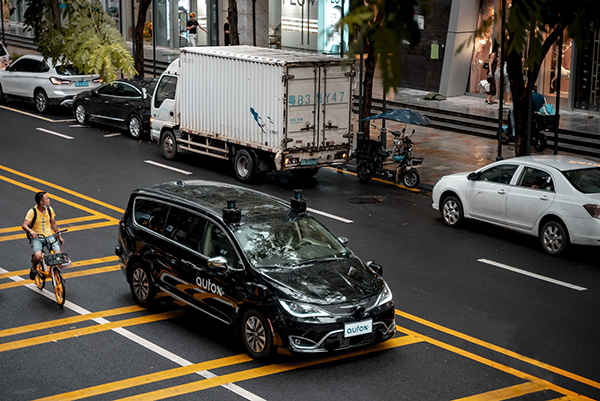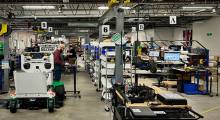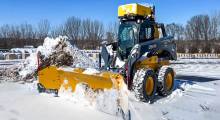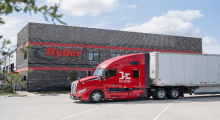AutoX today said it is now operating fully driverless robotic taxicabs in China's largest service area across 65 sq. mi. (168 sq. km.) in its home city of Shenzhen. The company claimed that its vehicles can navigate all of the public roads in the Pingshan District, making it the first to cover an entire district in a major Chinese city.
Dr. Jianxiong Xiao (a.k.a. “Professor X”), who has experience from MIT and Princeton, founded AutoX in 2016. The company has been developing SAE Level 4 autonomous vehicles to handle the most challenging and dynamic traffic scenarios in urban centers around the world. It has eight offices and five research and development centers around the world.
AutoX said it is the first and currently only company in China operating a self-driving robotaxi service on public roads without safety drivers. It added that it was the second company to obtain a permit from the California Department of Motor Vehicles to operate a fully driverless robotaxi fleet.
The company said it has deployed more than 100 robotaxis in Shenzhen, Shanghai, and other Chinese cities. In January, AutoX launched the world’s second (after Waymo) and China’s first fully driverless robotaxi service that is open to the public.
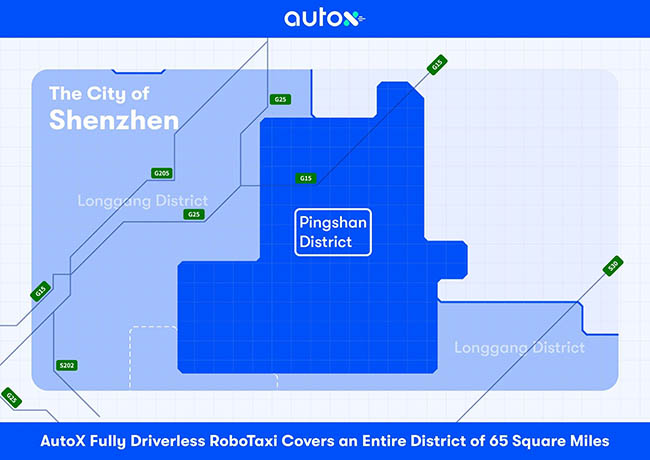
AutoX expands robotaxi service in Shenzhen
After 10 months of operation, the service area in Shenzhen has gradually expanded to become the largest fully driverless robotaxi zone in China, said AutoX.
Service areas for driverless robotaxis, often dubbed “Objective Design Domains” or ODDs in the industry, are zones where robotaxis can safely provide service. AutoX said its driverless robotaxis can operate day and night, in rain and fog, and on all public roads in Shenzhen’s service area.
The Alibaba-backed company also released a new video of its driverless robotaxi navigating the expanded service area. The vehicle swiftly drove through Shenzhen's commercial center, arrived at its high-speed train station, and pulled up to the curb in front of a long line of parked vehicles dropping off passengers.
Robotaxi race continues
The initial global market for robotaxis is small, but its growth potential is huge, according to market analysis firms. The number of robotaxis could grow from 617 units in 2021 to 1.4 million units by 2030, experiencing a compound annual growth rate (CAGR) of 136.8%, according to Markets and Markets.
Research and Markets predicted a 60% CAGR in market value, citing traffic safety and environmental concerns as drivers. It said the Asia-Pacific region is the dominant market for self-driving car services.
Similarly, Valuates Reports forecast that the robotaxi market would grow from $1.03 billion in 2023 to $38.61 billion by 2030, with a CAGR of 67.8% for the period.
Notable investments around robotaxis so far this year include WeRide's $310 million Series C round, DiDi Autonomus Driving's $300 million financing, DeepRoute's $300 million Series B funding, and Alibaba Group Ltd.'s $200 million stake in DeepRoute.
Article topics
Email Sign Up

